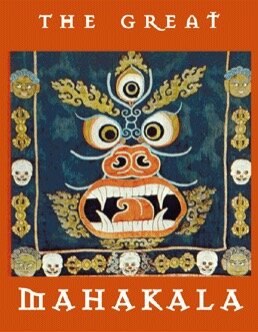Vizcaya Museum & Gardens, 3251 South Miami Avenue, Miami, FL 33129
The creation of a sacred sand mandala is one of the most profound and powerful rituals in Tibetan Buddhism. Each sand mandala represents the architectural layout of the entire palace of a specific deity. Sand Mandalas take the monks 4-6 days to create and when they are finished, the mandala is consecrated, the power of the blessing is released, and then, the sand is swept up and brought to a flowing body of water to continue to bless the beings there and purify the environment.
The Mandala will be open to the public from 10-5pm daily at Vizcaya Museum & Gardens.
You will need to purchase tickets to the wonderful Museum & Gardens to see the Mandala.
The Closing Ceremony will be held at 8pm on Wednesday, December 18th at the Vizcaya Holiday Evening.
More about the Tibetan Sand Mandala
Mandala means "that which extracts the essence”. There are many different types of mandalas used by Tibetan Buddhists. These are without doubt the most creative, labor-intensive, concentration-intensive of all mandalas created. The ones provided on the tour will require between 75 and 125 hours of effort, completed by several monks at a time.
The mandala is normally used during the initiation of a monk as a high form of meditation. This sacred initiation is referred to as an empowerment ceremony. After the initiation, it requires years or possibly an entire lifetime of intense study and meditation under an experienced Lama to expose the depth and intricacy of the universe.
In the past, sand mandalas were made with the powder from the grinding of precious stones, such as turquoise, lapis lazuli, coral, powdered gold and silver. Today, this is only done on very special and/or auspicious occasions. More commonly, the colors are made of powdered and dyed sand, flowers, and charcoal. The colors are chosen to match the color of one of the Buddhas of the five Buddha families. The sand is applied very precisely by the gentle tapping of a sand-filled metal cone. The Master must be the first to initiate the mandala, and does so by being the first to pour the sand. The outline of the mandala is defined by the sacred blueprints.
Upon completion of the mandala, the monks will purposely dissolve the magnificent work of art. The Buddha's last words were "All things are impermanent, work out your salvation with diligence." In up holding the principle that life is transient, the monks sweep up the mandala and place the sand in a river, lake, or ocean as an offering to purify the surrounding environment.








